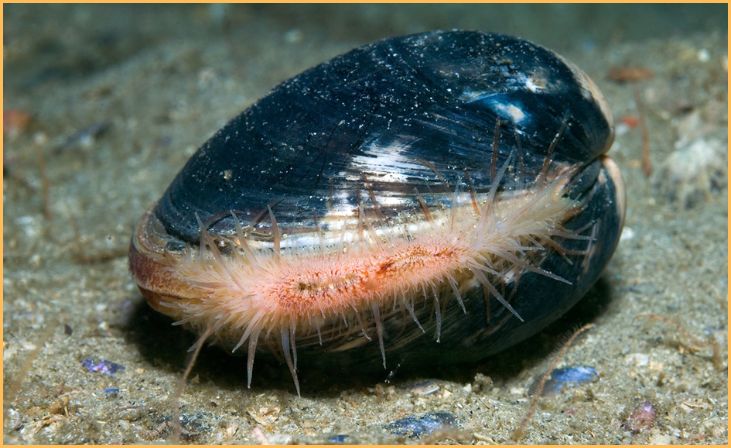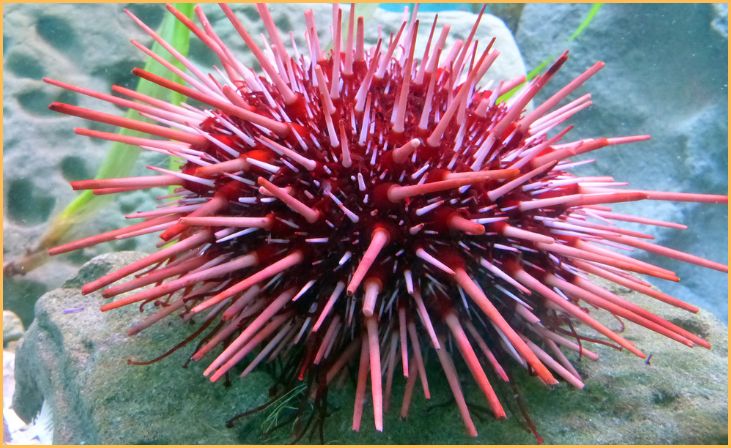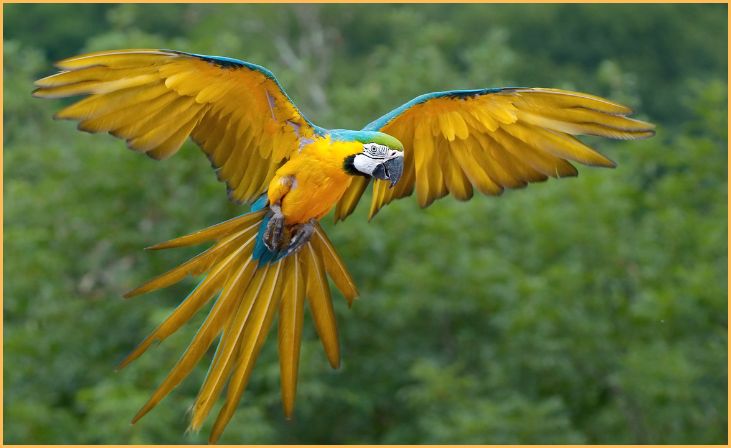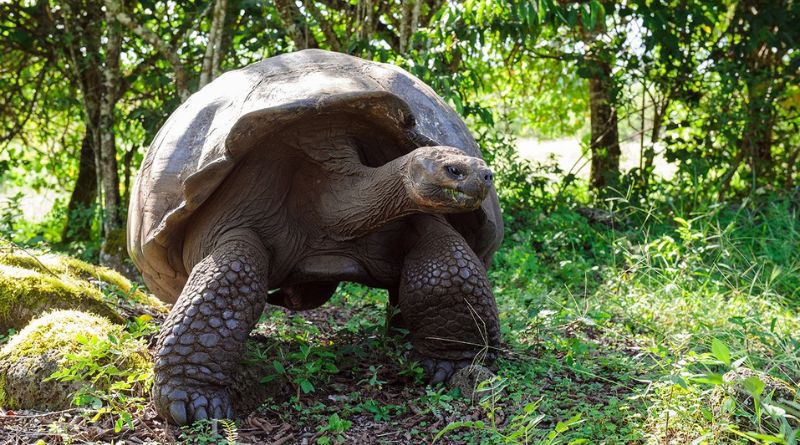Longest-Living Animals – Longevity in the animal kingdom remains a captivating enigma, with certain species defying the conventional boundaries of lifespan. As science delves into the secrets of extended existence, the study of long-lived animals provides a unique window into the complex interplay of genetics, environment, and physiology.
From the Arctic realms inhabited by the venerable Bowhead whales to the deep-sea mysteries surrounding Greenland sharks, and the slow-paced lives of tortoises navigating diverse landscapes, these remarkable creatures offer insights into the factors influencing their prolonged existence.
This exploration extends beyond scientific curiosity, with implications for understanding aging processes, informing conservation strategies, and even inspiring advancements in human health.
As we embark on a journey to unravel the mysteries of longevity, ethical considerations and conservation efforts become paramount, emphasizing the delicate balance between scientific inquiry and the preservation of these awe-inspiring, long-lived inhabitants of our planet.
Longest-Living Animals
Ocean Quahog (Arctica islandica)

The Ocean Quahog (Arctica islandica) is a deep-sea clam known for its extraordinary longevity. These mollusks can live for over 500 years, making them one of the longest-lived animals on Earth.
Found in the North Atlantic Ocean, particularly in cold, deep waters, they grow slowly and have distinctive growth rings on their shells, similar to tree rings. The study of these rings allows scientists to estimate their age accurately.
Despite their unassuming appearance, Ocean Quahogs play a crucial role in marine ecosystems, and their extended lifespan provides valuable insights into the dynamics of deep-sea environments.
Also, Read – Fascinating Animals With the Shortest Lifespans
Greenland Shark (Somniosus microcephalus)
The Greenland Shark (Somniosus microcephalus) is a massive and elusive deep-sea dweller with a remarkable lifespan, believed to exceed 400 years. Inhabiting the cold Arctic and North Atlantic waters, these sharks grow at an extremely slow pace, contributing to their longevity.
Characterized by their sluggish movements, these apex predators have adapted to the frigid environment. The age determination is often based on the analysis of crystalline proteins in their lenses, offering insights into historical ocean conditions.
Despite their mysterious nature, the Greenland Sharks face conservation concerns, emphasizing the need for further research to understand and protect these ancient marine creatures.
Bowhead Whale (Balaena mysticetus)
The Bowhead Whale (Balaena mysticetus) is a majestic cetacean renowned for its impressive longevity, with some individuals living over 200 years. Found in the Arctic and subarctic regions, these baleen whales boast enormous, robust heads that allow them to break through ice sheets.
Their slow reproductive rate and thick blubber layer contribute to their resilience in frigid waters. The age determination is often facilitated by analyzing earplugs, which accumulate layers over time.
Despite historical whaling pressures, conservation efforts have aided the slow recovery of Bowhead Whale populations, highlighting the importance of continued protection for these enduring giants of the Arctic seas.
Rougheye Rockfish (Sebastes aleutianus
The Rougheye Rockfish (Sebastes aleutianus) is a deep-sea fish distinguished by its impressive longevity, with some individuals surpassing 205 years. Inhabiting the cold waters of the North Pacific, these rockfish display slow growth rates and late maturation.
Their extended lifespan is attributed to their adaptation to the challenging deep-sea environment. Age determination is typically achieved through the examination of otoliths, calcified structures in the inner ear.
Conservation efforts are vital as these long-lived species are susceptible to overfishing. Understanding the life history and ecological role of Rougheye Rockfish is crucial for sustainable management and the preservation of deep-sea ecosystems.
Red Sea Urchin (Strongylocentrotus franciscanus)

The Red Sea Urchin (Strongylocentrotus franciscanus) is a long-lived marine species residing along the Pacific coasts. Notable for its remarkable lifespan, some individuals endure for over 200 years.
Inhabiting cold, deep waters, these urchins play a crucial role in marine ecosystems by controlling kelp bed densities. Their age determination involves analyzing growth rings in their hard calcium carbonate skeletons.
Commercially valuable for their roe, sustainable harvesting practices are essential to prevent overexploitation and preserve their ecological function. Ongoing research into the life history and conservation of Red Sea Urchins contributes to the sustainable management of this ancient and ecologically significant marine species.
Also, Read – Rarest Animals in the World
Galápagos Giant Tortoise (Chelonoidis nigra)
The Galápagos Giant Tortoise (Chelonoidis nigra) is an iconic species known for its impressive longevity and unique adaptations. Endemic to the Galápagos archipelago, these tortoises can live over a century, with some individuals reaching 150 years.
Their characteristic dome-shaped shells and long necks reflect their evolutionary journey in response to the diverse island environments. Unfortunately, several subspecies face threats from habitat loss and introduced species.
Conservation efforts, including breeding programs and habitat restoration, aim to preserve the genetic diversity and ecological significance of these ancient reptiles. The Galápagos Giant Tortoise remains a symbol of the archipelago’s biodiversity and the ongoing commitment to conservation.
Aldabra Giant Tortoise (Aldabrachelys gigantea
The Aldabra Giant Tortoise (Aldabrachelys gigantea), native to the Aldabra Atoll in the Indian Ocean, is renowned for its remarkable longevity and colossal size. Some individuals have surpassed the century mark, with a lifespan reaching over 150 years.
Recognized by their distinctive saddle-shaped shells, these herbivorous reptiles play a crucial role in shaping their island ecosystem. Unfortunately, the species faces threats from habitat degradation and introduced species.
Conservation efforts, including habitat protection and breeding programs, aim to safeguard the Aldabra Giant Tortoise. As a testament to their ancient existence, these tortoises are not only a marvel of evolution but also a symbol of the need for sustained conservation measures.
Lobster (Homarus americanus)
The American Lobster (Homarus americanus) is a crustacean celebrated for its longevity and unique aging process. Inhabitants of the North Atlantic, some lobsters can live for more than a century, displaying remarkable resilience and limited signs of aging.
With an ability to regenerate lost limbs, they exhibit a unique form of biological immortality. Their age determination is challenging but often involves analyzing growth bands on eyestalks and carapaces.
Despite their commercial importance, overfishing and environmental changes threaten lobster populations. Sustainable fishing practices and conservation efforts are crucial for maintaining the ecological balance of these enduring marine creatures and ensuring their continued presence in North Atlantic ecosystems.
Koi Fish (Cyprinus carpio)
Koi Fish (Cyprinus carpio), renowned for their vibrant colors and ornamental appeal, are a domesticated variant of the common carp. Originating from Asia, particularly Japan, these freshwater fish can live for several decades.
With proper care, some Koi have been known to exceed 50 years. Their longevity is influenced by genetics, environment, and nutrition. Koi enthusiasts appreciate their diverse color patterns and graceful swimming.
Koi are often kept in outdoor ponds, and their symbolic significance in many cultures adds to their popularity. Creating a harmonious balance in these artificial habitats and providing optimal conditions are essential for ensuring the health and longevity of these beloved ornamental fish.
Macaw Parrot (Ara)

Macaw Parrots, belonging to the Ara genus, are vibrant and intelligent birds known for their striking plumage and engaging personalities. Species like the Blue and Gold Macaw can live for over 80 years in captivity with proper care.
Native to Central and South America, these social birds form strong bonds with their human companions. Their impressive lifespan emphasizes the commitment required for their care.
Macaws thrive on a diverse diet, mental stimulation, and social interaction. Unfortunately, habitat loss and the pet trade pose threats to wild populations. Conservation efforts and responsible pet ownership play crucial roles in preserving these long-lived and charismatic parrots.
Conclusion
In conclusion, the study of long-lived animals unveils the intricacies of life and aging, offering valuable insights into genetics, ecology, and health. As we unlock the secrets of these enduring species, there arises a responsibility to balance scientific curiosity with ethical considerations and conservation imperatives.
Preserving these ancient inhabitants not only safeguards biodiversity but also contributes to our understanding of longevity, potentially influencing human well-being.
The journey continues, bridging science and stewardship, as we navigate the delicate interplay between knowledge acquisition and the preservation of the wonders that embody the resilience of life.
FAQs
The Bowhead whale holds the record for the longest-living mammal, with some individuals reaching over 200 years.
Yes, several marine species exhibit remarkable longevity, including the Greenland shark and various species of sea turtles.
Longevity is influenced by a combination of genetic, environmental, and physiological factors. These can include adaptations to specific habitats, slower metabolic rates, and unique cellular mechanisms.







